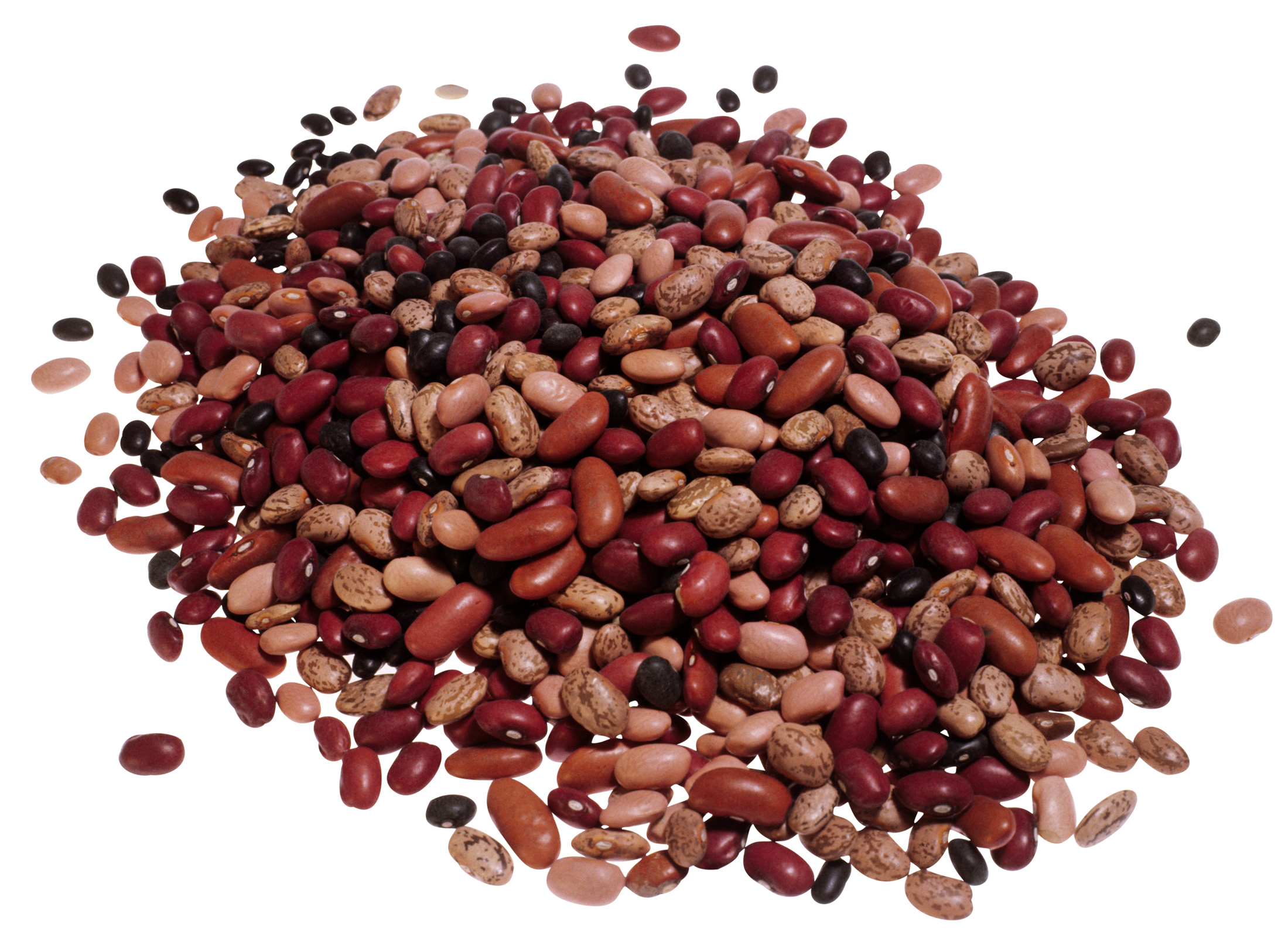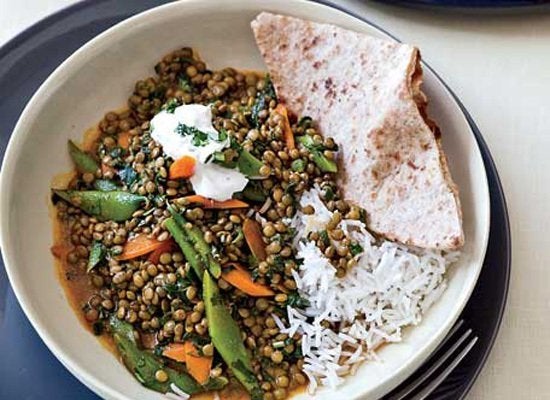Over the course of many decades, diet fads and food trends have been shaping -- and reshaping -- the way we eat. And while what we should and shouldn't be eating can get confusing (as it changes so often), there's one item we want to be sure to get straight: nutrition.
With "meatless Monday" becoming more and more mainstream, a trend we see growing is a decrease in meat consumption. We all know that meat is a great source of protein, and that it's important to be sure that we eat our fill of it. We also know that we can get our much-needed nutrients from vegetarian sources. But how much protein are we getting from these meat-free sources? Come to think of it, how much protein should we be eating in general? And, more importantly, what is protein?

A protein is a pretty simple thing. It's made up of nine essential amino acids necessary for the dietary needs of humans. There are two kinds: complete and incomplete. A complete protein has the right proportions of all nine essential amino acids; they are most easily attained from meat, poultry and dairy.
Proteins from plants, such as beans, legumes and grains, are incomplete proteins. That means that in order to get everything you need from a vegetarian protein source, you need to eat a combination of them in order to create a complete one. For example, if you eat lentils, adding bulgur to your dish would make that protein complete. And you don't need to eat these protein sources during the same meal; so long as you consume them at some point throughout the day, your body will take care of the rest. And how much protein you need a day varies from person to person.
Madelyn Fernstrom, of the University of Pittsburgh Medical Center, told "Today" that protein intake is determined according to weight. The easiest way to understand your body's protein need is to "take your weight, divide it in half, and subtract 10. The total will be the number of grams of protein you should consume each day." So if you weigh 150 pounds, you would need about 65 grams of protein a day. Now, keep in mind that you don't only get protein intake from meat or beans, so you don't need to eat that many grams of high-protein sources. You get a good amount of protein from rice, cheese, yogurt, bread, etc.
Since chicken is a go-to source of protein in many households, it's a great reference point for figuring out how much vegetarian-sourced protein is needed to take that chicken's place on your plate. Most people normally eat a 3-oz. portion during a meal. This equals roughly 21 grams of protein. So to get the same amount of protein from a 3-oz. serving of chicken you would need:
- 1 cup, plus 2.5 tablespoons of lentils. These little legumes pack quite a protein punch. If eating a lentil soup, stew or veggie burger, this quantity can be easily consumed. OR
- 1-1/3 cups of black beans. Black beans might not be as powerful as those small lentils, but black beans are often times paired with rice, which helps equip you with a complete protein. OR
- 1-1/2 cups (just a little less than this, actually) of chickpeas. Chickpeas are a versatile ingredient and become a complete protein when served as hummus with tahini (sesame paste).
What is your go-to meat-free dish? Leave a comment.
Click through the slideshow below for lentil, black bean and chickpea recipes.
